Let’s talk about originality in art.
The Wicked + The Divine #14 came out this week, and while I know I sound like a broken record at this point whenever I talk about it online, the whole team is really outdoing themselves this arc. Kieron Gillen has trumpeting this one as an “oddball” and “the most audacious and experimental issue of WicDiv yet.”
He wasn’t lying.
I think the interesting thing about this “experimental issue,” which peels back the not-so-metaphorical mask of Norse toymaker Woden, is that I didn’t really get why the experiment was so audacious on my first read through. I noticed the team reusing art on a number of pages, but in truth, as Bleeding Cool noted yesterday, every panel except the first and the last was repurposed from a previous issue. Thanks to some clever recolors by Wilson and Gillen’s effervescent writing style, Team WicDiv managed to successfully remix itself and in so doing, make an interesting critique of comics as pop art.
While the creative team isn’t the first group in comics to repurpose art for a new story, the circumstances surrounding this issue (McKelvie working on Phonogram: the Immaterial Girl and the WicDiv team, like all creative enterprises, making art on a limited budget) reminded me more of clip show television episodes. Traditionally, these episodes were produced in order to save on costs or extend the run of a show that was approaching the holy grail of syndication. Personally, I always hated these episodes because they rarely ever advanced the plot, forcing me to wait yet another week for a truly new episode.

These days, however, when prestige format shows like Game of Thrones have a budget of $6,000,000 per episode and even network shows like The Big Bang Theory average $2,000,000 per installment, the clipshow method of storytelling has fallen by the wayside. Costs are thrown out the window in favor of keeping up a series’ momentum. Telling one coherent story over the course of years matters more than simply getting renewed to tell any stories for another year.
However, as Team WicDiv proved this week, repurposing old art is much more agreeable to the medium of comics than it is to television. By simply putting new words to McKelvie’s old art and having Wilson give the whole thing a fresh, more-Woden coat of paint, Gillen and company tell a completely new story. The idea of a copy being an original isn’t new either– Warhol did it first– but it’s interesting seeing the concept applied to comics as it realizes a new storytelling possibility that other mediums have been heavily exercising for years.
Look at pop music (the cornerstone of WicDiv). When the idea of all pop songs being the same four cords became popularized, it was used to deride the genre as disposable trash:
But if pop songs weren’t so malleable, we wouldn’t have the amazing mashup subculture that we do today:
WicDiv #14 does a little bit of a mashup when the team lifts and repurposes images from Matt Fraction’s and Chip Zdarsky’s Sex Criminals:
One of the books included in the new Humble Bundle: Neil Gaiman Rarities is Ghastly Beyond Belief, a collected book of weird quotes from the backs of pulp sci-fi and fantasy novels. Those repurposed parts create a brand new whole. Writer David Shield plays with a similar concept in his book Reality Hunger, which combines some of his original thoughts with lifted words from other authors. In it, he writes:
If my forgeries are hung long enough in the museum, they become real.
The word “forgery” has a lot of negative connotation associated with it. It implies theft. Around the world, people forge currency, and when it comes to creative mediums the idea is the currency of choice. I’m not trying to claim that anyone should take someone’s work and pass it off as their own, but I don’t think Shield is talking about literal forgeries in his work either. A lot of weight is placed on the originality of an idea, as though there is such a thing as an idea not influenced or taken from somewhere else and expanded upon.
The Wicked + The Divine, conceptually, is clearly influenced by Neil Gaiman’s Sandman and structurally by Alan Moore’s and Dave Gibbons’ Watchmen. However, despite wearing its influences on its sleeve, is also wholly its own. All art, no matter how derivative, is simultaneously unique because it is informed by the experiences and background of those who created it. Let’s be proud to be derivative. Let’s not be afraid to steal.
After all, as Pablo Picasso said:
Good artists copy. Great artists steal.
Wouldn’t it be ironic if he didn’t say that?


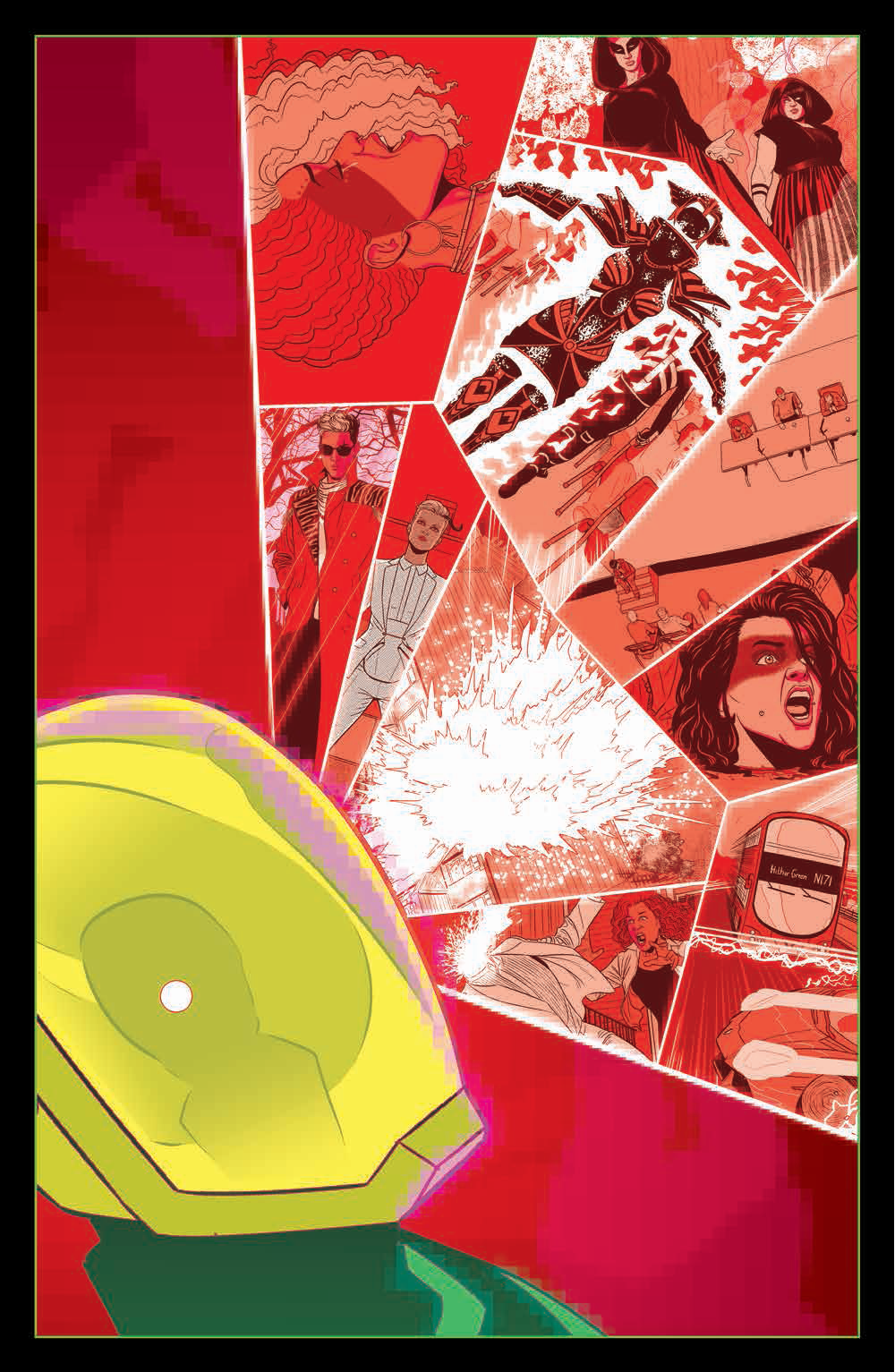
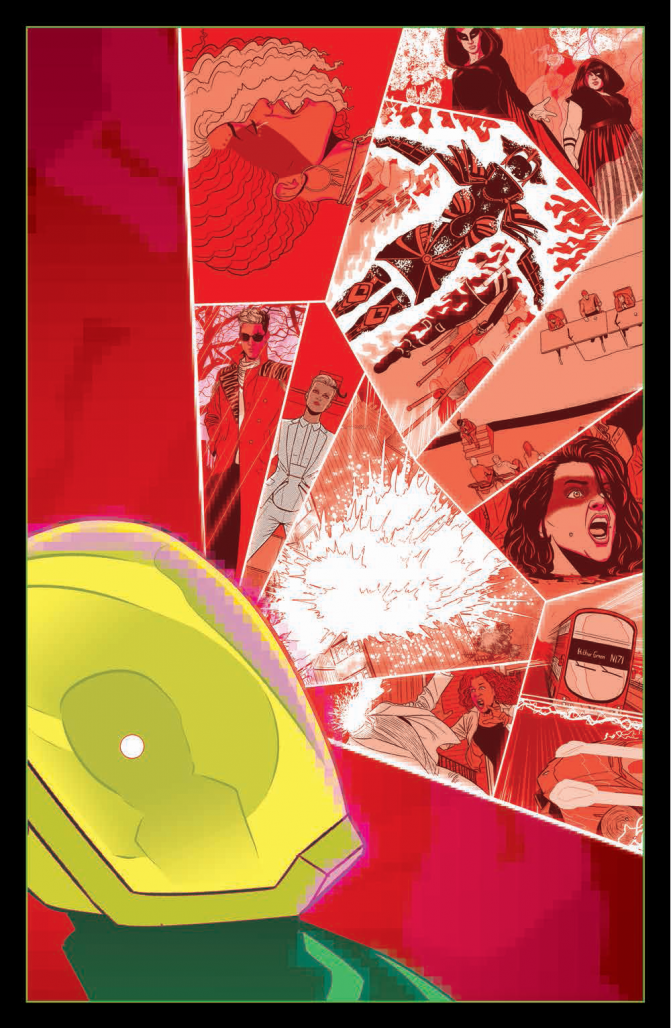
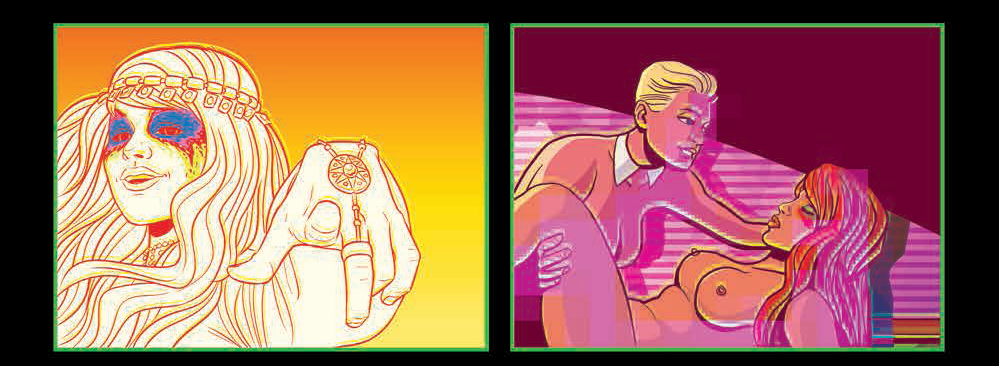
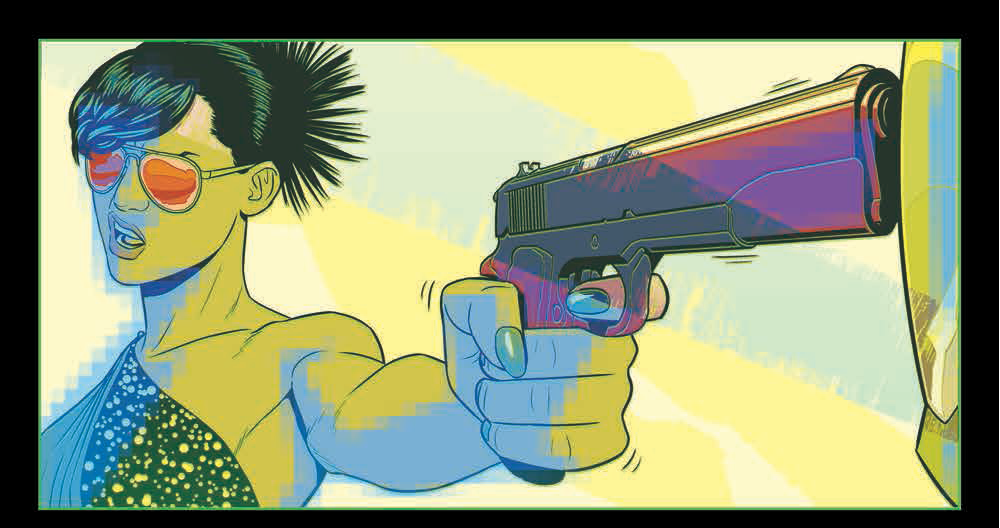
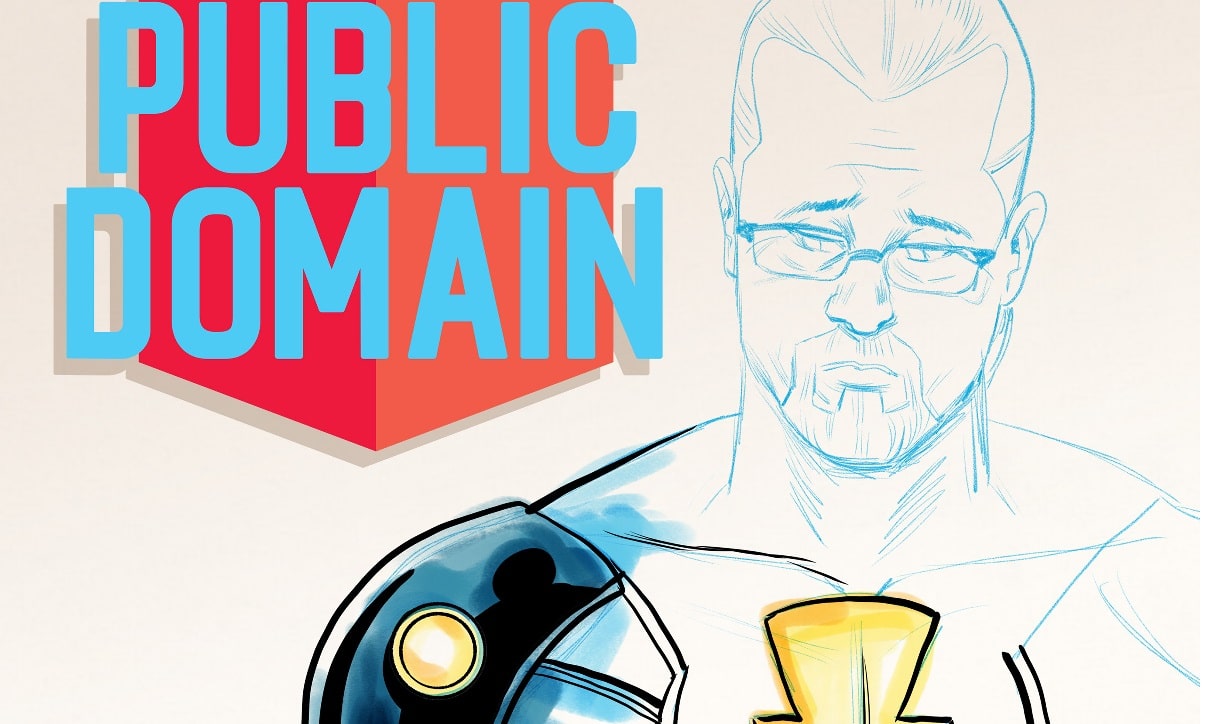
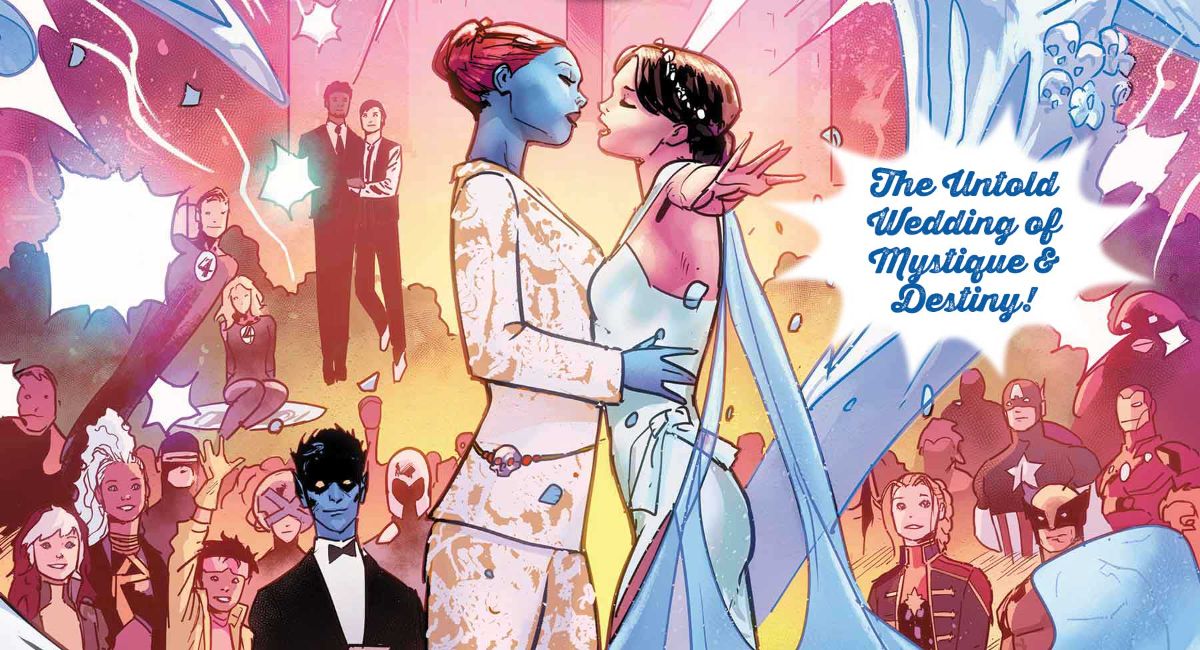
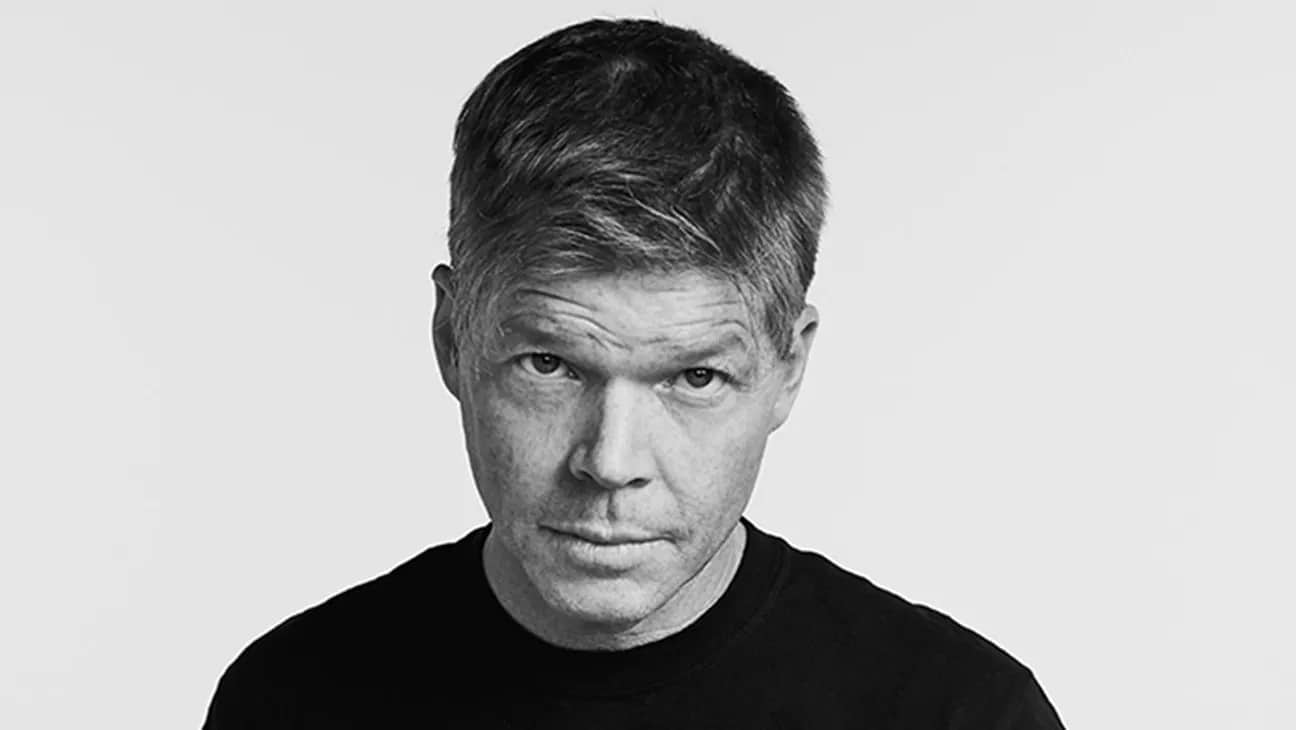


If you take Picasso’s quote at face value, Bob Kane was the greatest artist in comics history!
I had forgotten that panel was from Sex Criminals, even after reading the back matter in the issue…I still didn’t put two and two together. That’s some effective sampling there. Or I’m just dense. Surely both.
Wilson is my favorite colorist in comics.
Comments are closed.